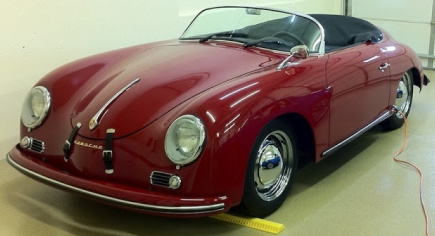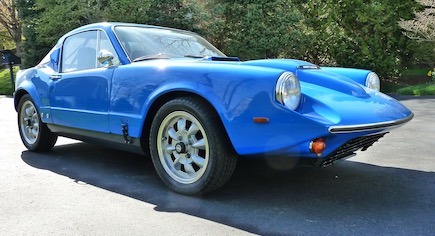Battery evolution
Benjamin Franklin, as part of his well-known exploration of electricity in 1747, was the first to group together a number of jars into what he described as a “battery”, using the analogy of military weapons coordinated for a powerful offensive. These jars, developed in 1745-47 by scientist Pieter van Musschenbroeck of the University of Leyden, Netherlands, could collect an electrical charge between two metal plates.

John B. Goodenough, father of the lithium cell
The first “real” battery, in the modern electrochemical sense of the term, was invented by Alessandro Volta in 1791; the volt, the unit of electrical potential, is so named in his honor.
In 1859, Gaston Planté invented the first rechargeable battery, the familiar lead-acid chemistry still in use to start an internal combustion engine.
Rechargeable technology progressed slowly over the next 150 years, until John B. Goodenough's 1996 breakthrough concerning lithium iron phosphate materials. This seminal discovery, together with Chiang's chemical doping research, made modern lithium cells possible.
LITHIUM BATTERY DEVELOPMENT TIMELINE
- 1899: nickel-cadmium battery introduced
- 1903: Thomas Edison develops a nickel-iron battery to power early electric cars
- 1912: G.N. Lewis experiments with first lithium-based battery chemistry
- 1991: first commercial lithium battery based on research by John B. Goodenough
- 1996: Goodenough et.al. identify potential of LiFePO4 as cathode material
- 2002: Yet-Ming Chiang demonstrates enhancements from chemical doping
- 2007: early prototype LiFePO4 battery used in demonstration vehicles
- 2008: Mitsubishi and GS Yuasa make large format LiFePO4 battery cells
- 2009: LiFePO4 battery cost under $500/kWh, DIY use grows
- 2010: over 10,000 battery-only EVs sold in U.S.
- 2011: battery manufacturing shakeout begins
- 2011: Winston Chung legal dispute involving 15 LiFePO4-related patents
- 2012: CALB emerges as the leading Chinese LiFePO4 battery manufacturer
- 2012: Tesla launches Model S with 85 kW lithium battery pack
- 2017: Goodenough announces lithium anode solid state battery
The Cars
Porsche 356 Speedster

The iconic Porsche Speedster proved to be an excellent EV conversion candidate due to its low weight, relatively simple design, and ample front/rear compartments for mounting pristmatic lithium battery cells. Weight distribution was improved over the original rear engine configuration with better acceleration and overall performance.
Saab Sonett

The unusual fiberglass Sonett, originally powered by a Ford V4 engine, combines a low center of gravity and front wheel drive, optimal for our high performance EV conversion. Without the need to accomodate a long drive train, the space behind the two seats was used for additional batteries. The original four-speed transmission remains intact along with the braking system.